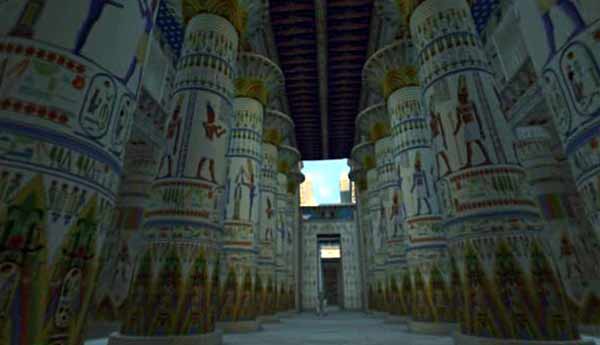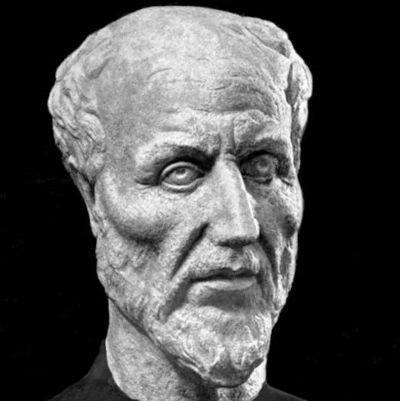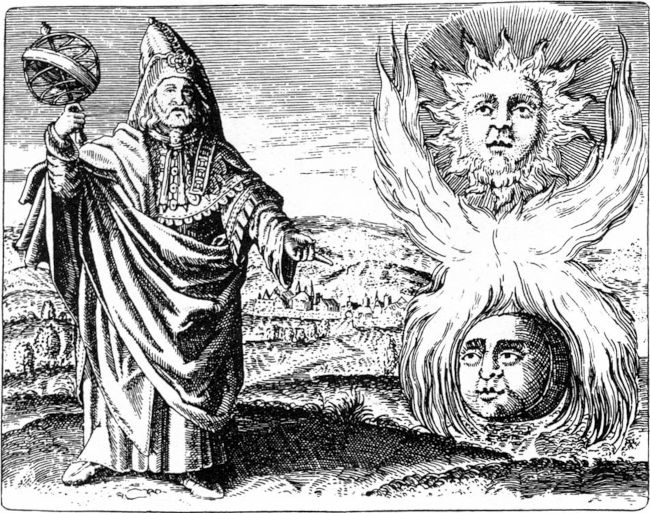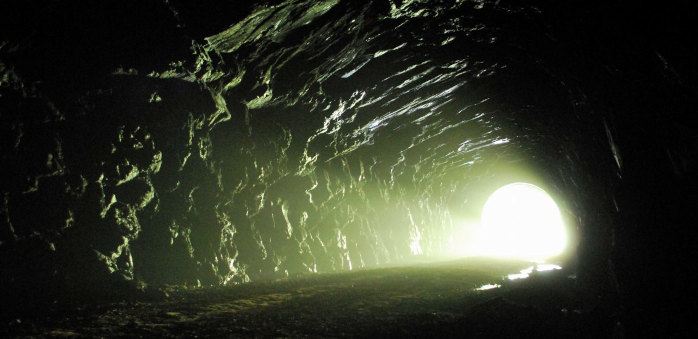With the cave allegory , Plato depicts an ascending journey out of illusion, toward reality. This text, one of the most emblematic in the history of philosophy, offers countless interpretations through its evocative power. What does this climb toward light by a prisoner breaking free from chains symbolize? What do these chains represent, and what is this light that draws one outward, toward a real world beyond our own? Most importantly, what is the source of this light?
This article presents a summary of a master’s thesis in philosophy, available in PDF format, only in french. It should be possible to easily translate it into English online.
Ce petit article en anglais est une présentation d’un mémoire de maîtrise de philosophie rédigé entièrement en français, disponible au format PDF (82 pages).
Plato’s Cave: escape from the world and preparation for death
To what extent does Plato portray a well-known ancient practice that is both an escape from this world and a preparation for death? Does there exist a reality other than what appears evident to us? Could nature, the human world, the common reality of this wall and this table be mere illusion? Could death be the awakening from a dream we unconsciously share?
The Call to the Beyond: spiritual awakening in Ancient philosophy
Some individuals experience this strangeness as an emotional call, as if something were pulling them upward or elsewhere. This manifests as a detachment from the material world and what we call common reality. What if everything around us didn’t truly exist? Are there paths to an elsewhere already sensed and ardently desired? How does one follow what is experienced as a calling?
Philosophy as a mystical quest: beyond rational thought
This vital and emotional approach is deeply rooted in humanity, even if it concerns only a small number of people. It can be characterized as a love of knowledge and wisdom — thus bearing the name philosophy, but in a particular sense, much older than the strictly rational approach founded by the Greeks.

There exists a continuity in Plato’s thought with what other civilizations have known since time immemorial, and which would continue to be practiced after him. In the Hellenistic tradition, this current would take the name of Neoplatonism. This school would orient Platonism toward a more radically mystical approach, largely setting aside the omnipresent political dimension in Plato himself.
Plotinus and Neoplatonism: the transformation of Platonic philosophy
The great name of this late antiquity tradition that would thus modify the meaning of Platonism, in connection with ancient religious and initiatory traditions, is Plotinus.

(Born in Egypt around 205 CE, Plotinus developed philosophical teachings that emphasized the soul’s journey toward union with “the One” – the ultimate, transcendent source of all existence).
About this study
The text presented here explores this journey in its mystical dimension, motivated by a love of the beyond enlivened by an originary call. It can be understood as an extended commentary on the Allegory of the Cave interpreted as an escape from this world toward a wisdom whose sources are very ancient, and which perpetuates itself discreetly, even secretly.
This study also considers other ancient authors such as Iamblichus (The Egyptian Mysteries), the tradition attributed to Hermes Trismegistus (Hermeticism), as well as modern authors like R.A. and Isha Schwaller de Lubicz or René Guénon.

Note: This text is based on a master’s thesis in philosophy completed in the late 1980s. It’s is an early work from which the author’s thinking has evolved considerably in relation to a notion whose foundations are significantly challenged in this study: modernity.

